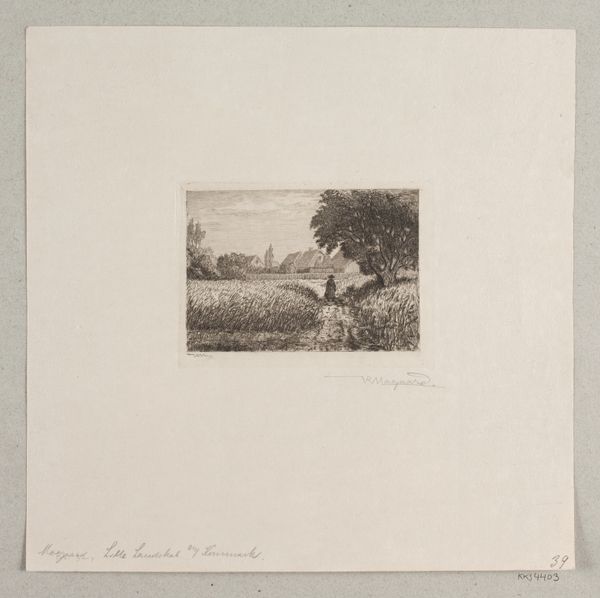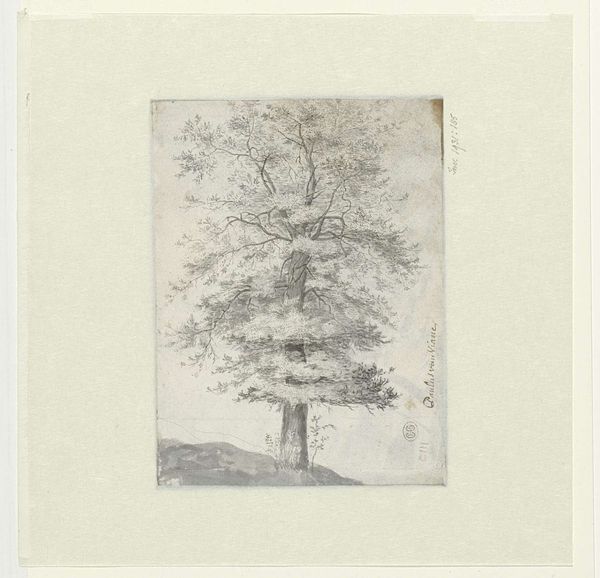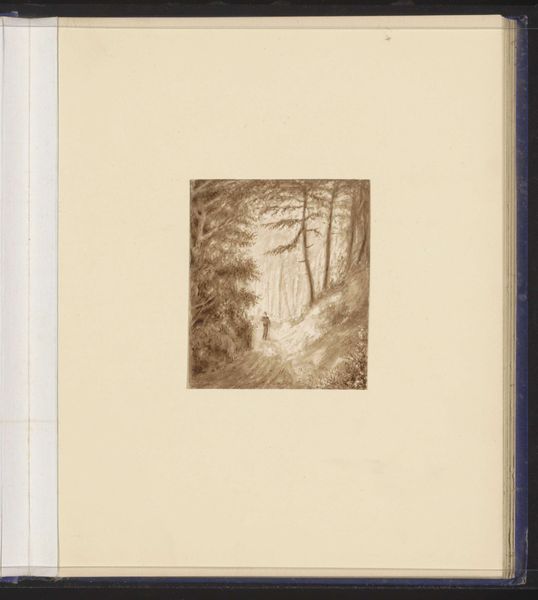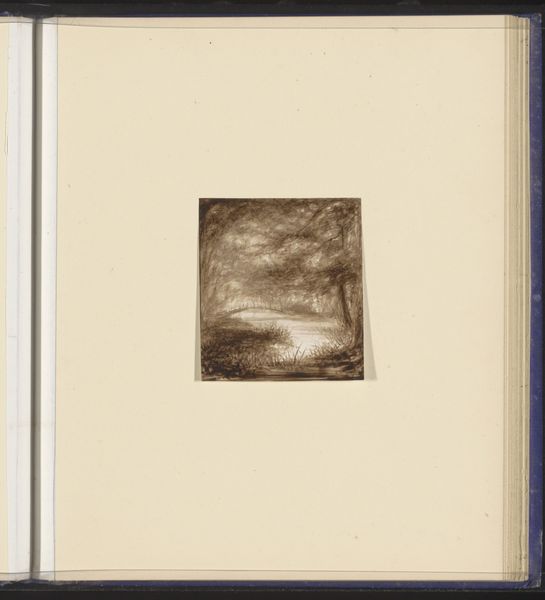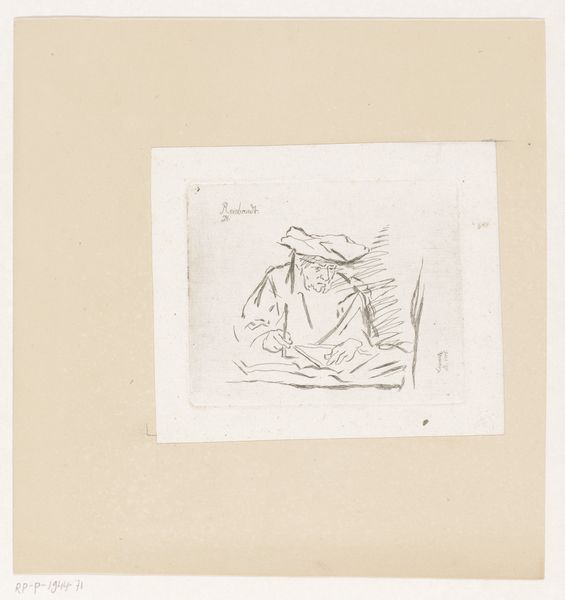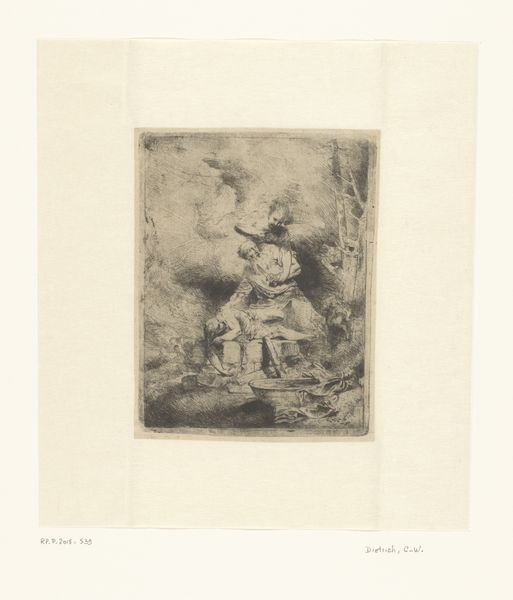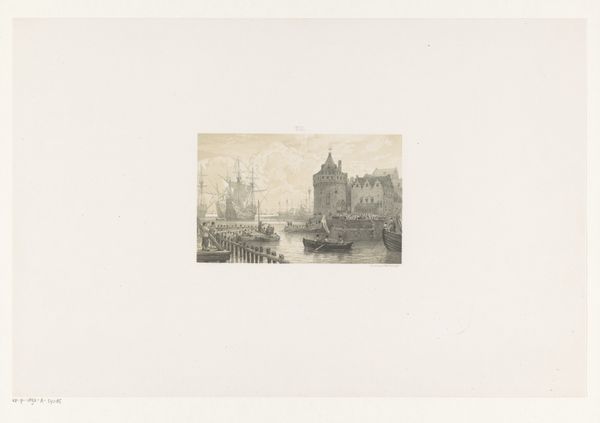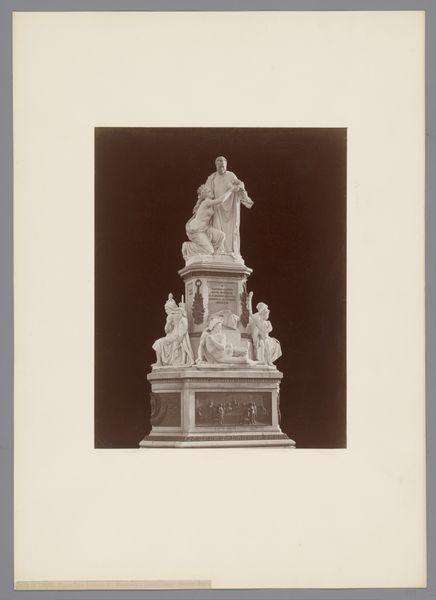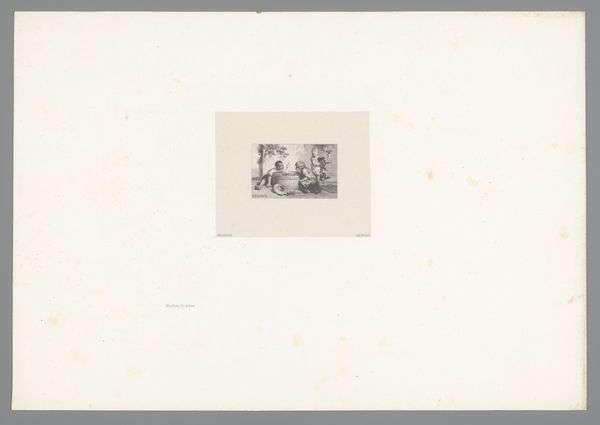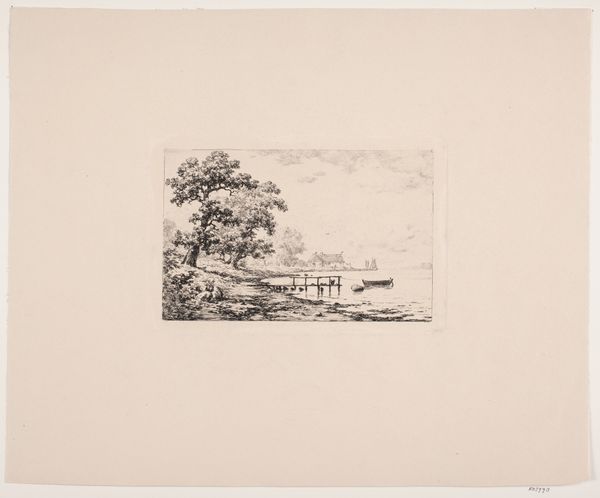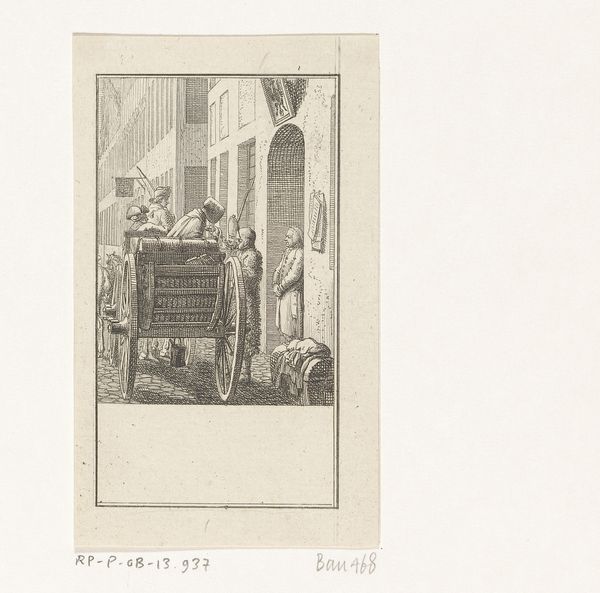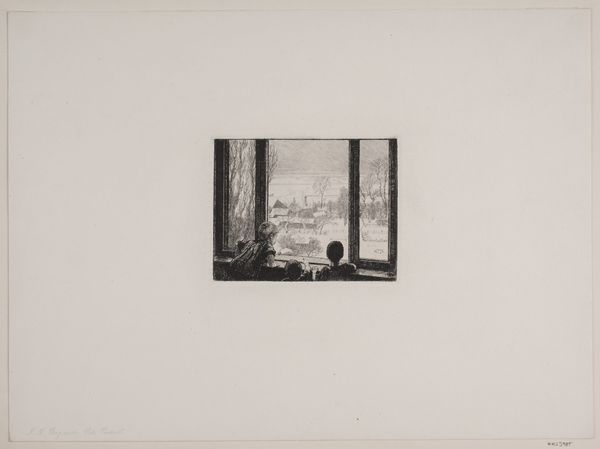
Dimensions: frame, each: 276 x 276 x 10 mm displayed: 276 x 2591 x 10mm
Copyright: © Richard Long | CC-BY-NC-ND 4.0 DEED, Photo: Tate
Editor: This piece, "A Sculpture in Bristol" by Richard Long, from 1965, strikes me as strangely simple. What do you see in this work that might connect it to the artistic and social context of its time? Curator: The piece invites us to reconsider the very definition of sculpture and the artist's role. Think about the 1960s – a period of dematerialization in art, with artists questioning traditional forms and institutions. How might this artwork be a commentary on these shifts? Editor: So, it’s about challenging established norms? I can see that. Curator: Exactly. Long's work often interacts with landscape and place. Considering Bristol as a specific location, how might that inform your understanding of the piece? Editor: I hadn't thought about Bristol itself. This makes me curious about the actual sculpture and why it's represented so minimally. Curator: Precisely. The work prompts reflection on absence, representation, and the power of suggestion within art. Editor: That's a whole new way to appreciate it. Thanks! Curator: You're welcome! Considering the social and historical context indeed opens our eyes.
Comments
tate about 1 month ago
⋮
http://www.tate.org.uk/art/artworks/long-a-sculpture-in-bristol-t03808
Join the conversation
Join millions of artists and users on Artera today and experience the ultimate creative platform.
tate about 1 month ago
⋮
Made using plaster in the garden of a derelict house, Long has stated that this was his 'first work actually digging into the ground. I wanted to make the work both below ground level and in the ground'. The work anticipates Long's physical engagement with landscape, yet its modest scale is consistent with his non-invasive approach. Although taken in 1965, these photographs were first displayed in 1983. Gallery label, August 2004
